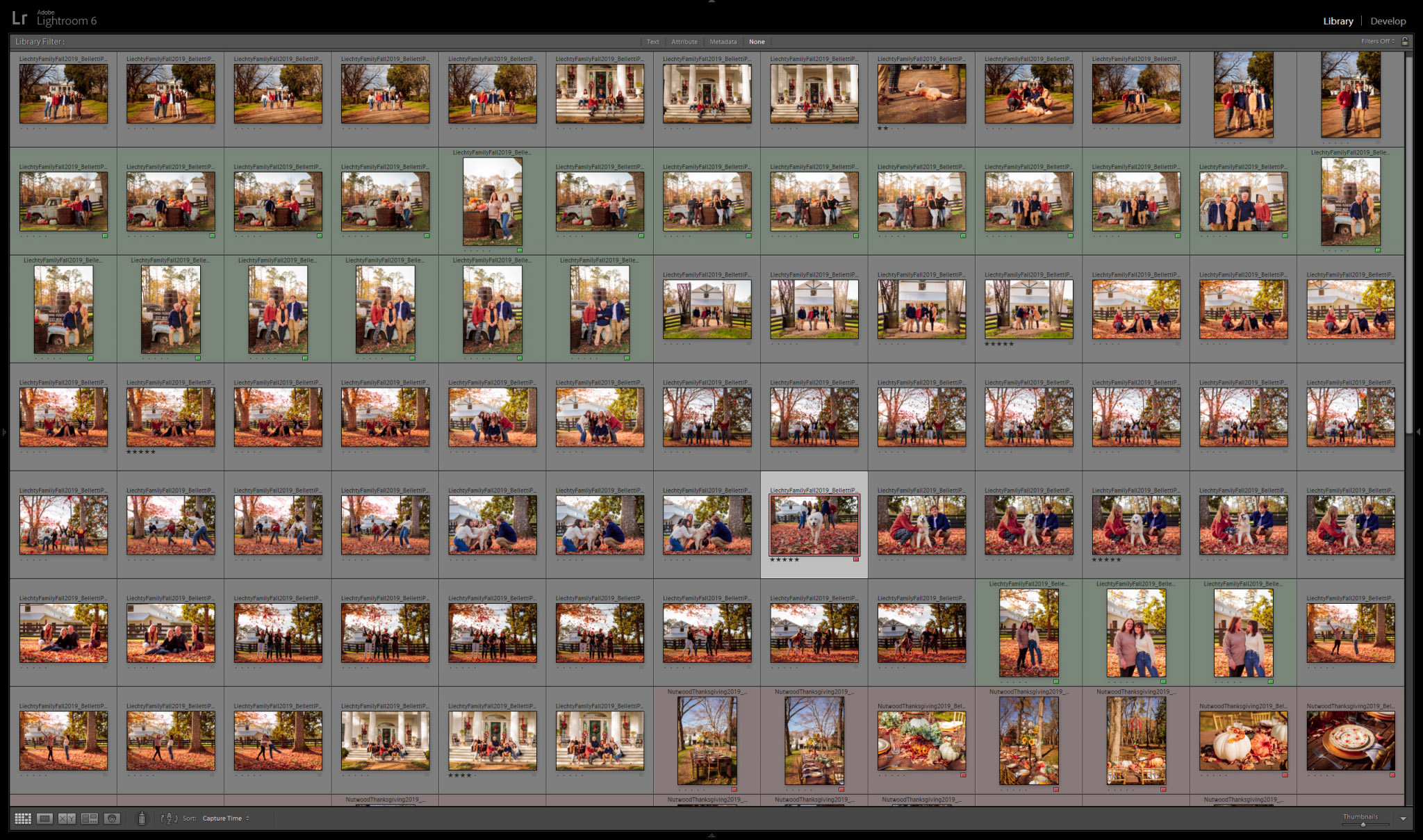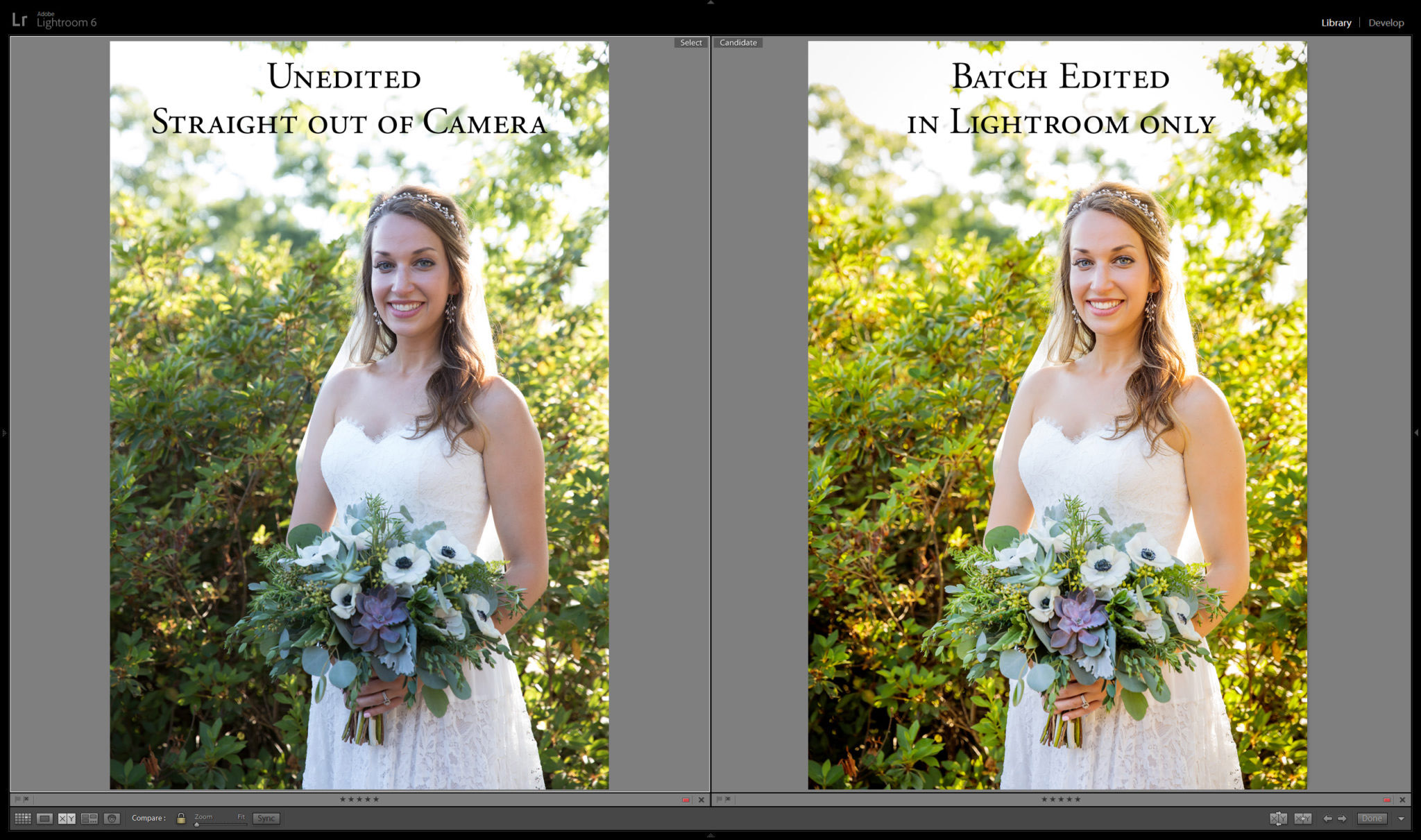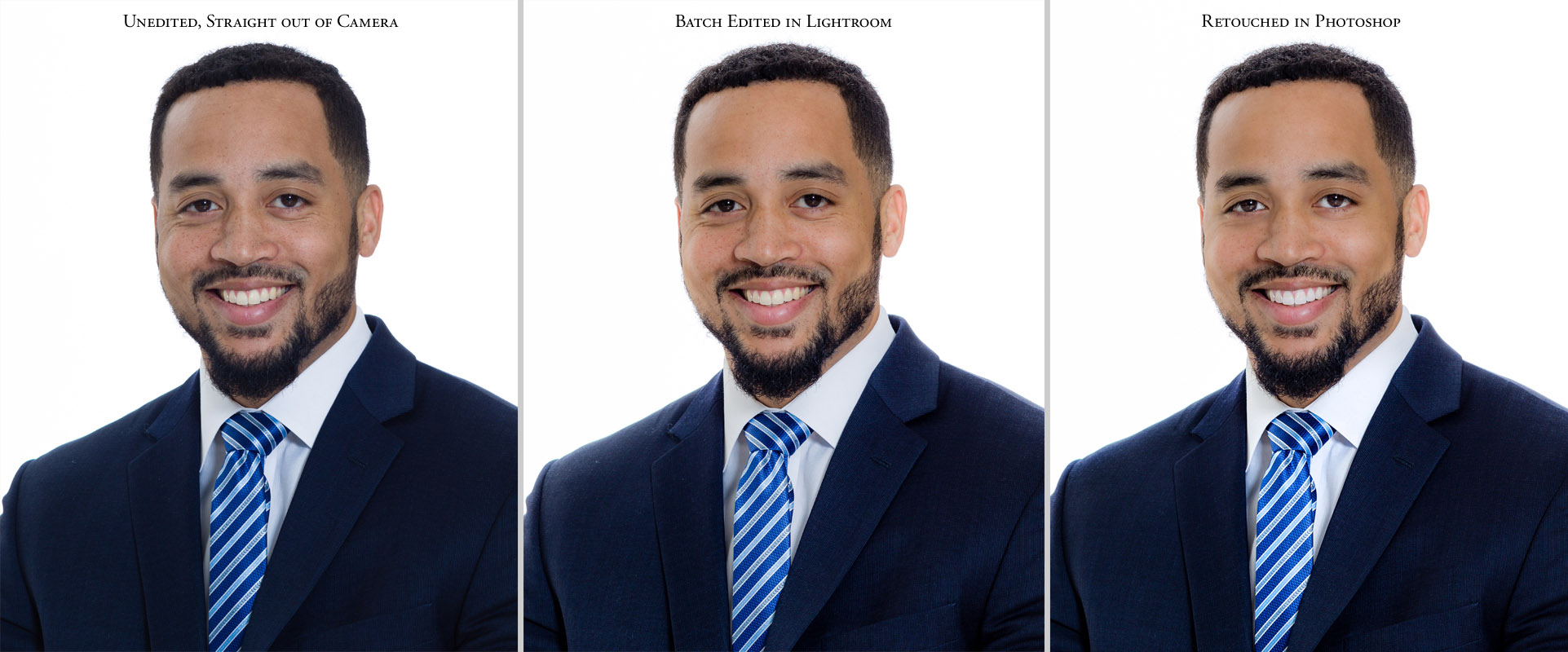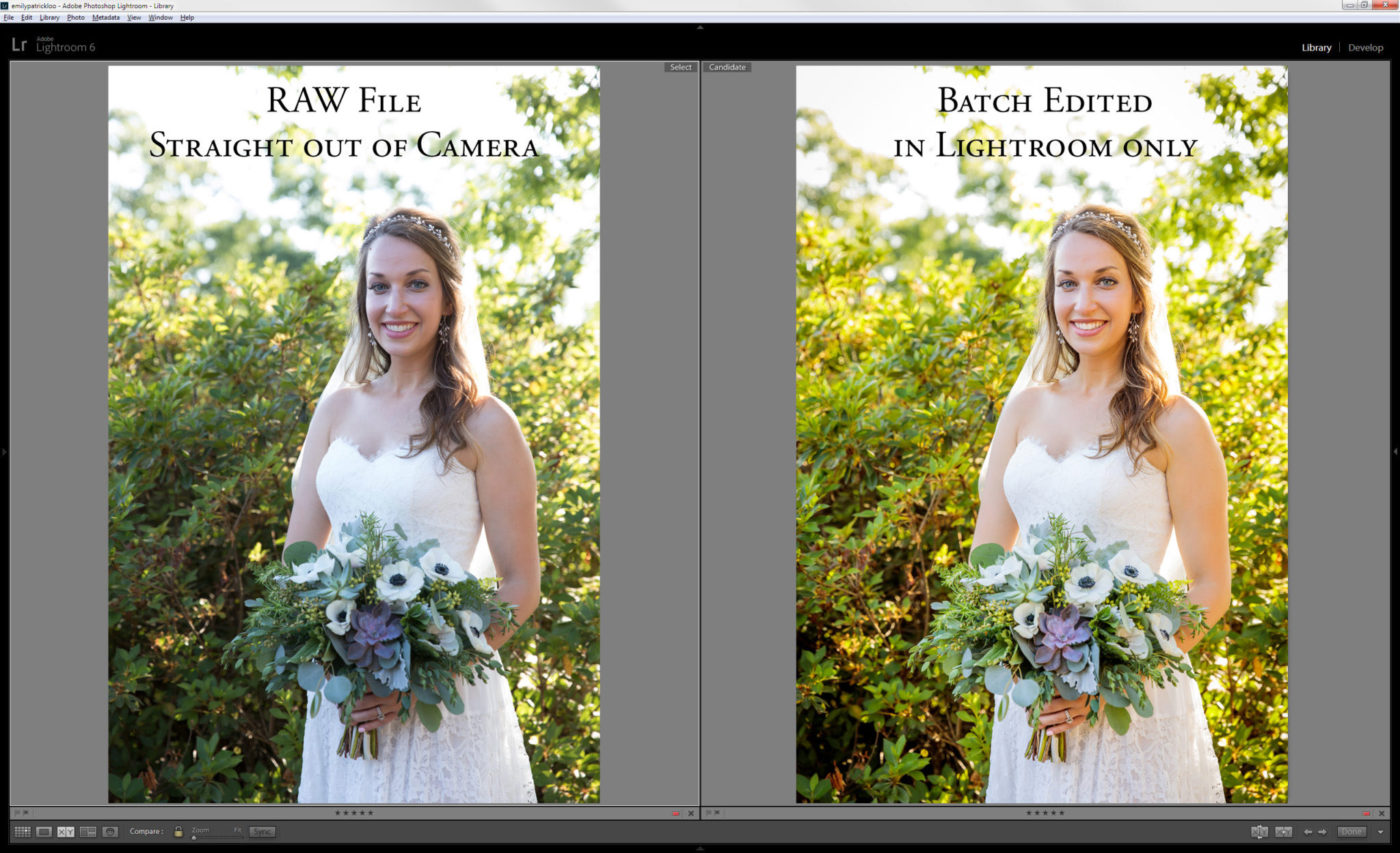Differences between Unedited, Edited and Retouched Photos
I recently published an article about Wedding Photography Editing Styles & Trends, but then someone asked me: “What’s the difference between Unedited, Edited and Retouched photos?” I realized that perhaps a little information about how photographers capture, edit & deliver our images might be helpful. Photography is as much about how we choose to edit our work as it is about pressing the shutter button, so let’s dig a little deeper into this process!
Before we get started
File formats: RAW vs. JPEG
Digital cameras capture light using a sensor rather than a strip of film. This data, once captured, can be stored on a memory card in a few different formats. RAW files are essentially large files containing all of the “raw” data that the camera could see during the time it took to take the picture. Because it contains so much information, these files can be quite large and will require some processing to make sense of all that data. Do we want vivid colors? A lot of contrast or more muted? Super sharp details or softer? Warmer colors or cooler tones? Just to name a few! Because RAW files cannot be viewed or printed directly, these files must be converted into another format before printing or posting online.
After processing, RAW files can be saved in a variety of other formats, but JPEG is among the most common. It can be read by all photo labs and is the format used for photographs posted online. JPEG formats allow for some image compression, so files are also much smaller than RAW files and don’t require nearly as much storage space. Whether your photos started off as scanned film, or shot in a RAW or JPEG format, your delivered images will most likely be provided as JPEG files.
My photographer says they will “Cull” my images. What is Culling?

OK, so culling isn’t really a level of editing, but it’s worth mentioning here. During your shoot, your photographer will probably take a lot of images that won’t be delivered to you. We may take some test shots to get our exposure set correctly, or maybe someone walked in front of the camera without realizing it. Rather than making YOU sift through all of these images, we’ll take the time to “cull” your images down before going on to editing. Some photographers like to cull heavily and deliver only the very best images, and others will remove the bare minimum. In my case, I also take this time to “flag” images that I want to use for sneak peeks, online publication, complimentary vendor images, album picks or other uses. Either way, it’s the first step before proceeding to editing since it reduces the volume of images that we’ll spend time on.
Unedited Images
(aka “Straight Out of Camera”)
Unedited or “straight out of camera/SOOC” files are either JPEG files shot & processed in-camera or RAW files that are exported to JPEG with no editing applied. There may be a few situations where these might be needed or desired, but I don’t personally know any professionals who deliver unedited images like this, so let’s quickly move on to…
Batch Edited Images
(Customized editing applied to batches of images)
If you’re hiring a professional photographer, we are probably going to want to spend a little more time working on your images before delivery. It’s important for us to capture great images during your shoot, but it’s just as important that we provide you with beautifully edited images that are ready for printing & sharing! I want to make sure that all of the images I deliver are of the highest quality and consistent with my Bold & Vibrant signature style.

A typical portrait sitting with me usually creates around 100 or more images, and a wedding may have close to 1000! It would be incredibly time-consuming to open each file and edit it individually. Most photographers use a batch-editing program like Adobe Lightroom to perform edits on groups of photos. I’ll start off with my own “Belletti Photography Preset” that gets applied to the entire shoot. But then I’ll start looking at groups of images to see if they would benefit from further tweaking. Maybe the sun went behind a cloud and the color needs to be warmed up. Or if shooting in low-light, we may need to reduce some of the noise so your images are less grainy. Usually there are “batches” of images that can have the same adjustments made across the entire group. This takes a little longer than simply applying one preset to the entire gallery, but it takes much less time than opening each file individually and can give very good results.
Almost every professional photographer I know uses an approach similar to this one for our weddings, events, and portraits where we plan to deliver a large number of images. You’ll have to wait a few days or possibly weeks to get your images, but they’ll look a lot better than if we just ran them all through one default processing preset. But what if you want a little more personal attention?
Retouched Images
(Each individual image opened & edited one-by-one)

This Retouched head shot example has: Smile & eye brightening, fine line & dark circle reduction, light skin smoothing, blemish removal, shirt lightening, lint removal & selective sharpening.
Because of the sheer volume of work we create on a weekly basis, it’s usually not possible for us to individually edit every single photo we take. But there may be times when an image needs special attention. Maybe it’s your professional head shot and you want a few fine lines reduced and your smile & eyes brightened. Or maybe you’ve opted for a printed wedding album and want each photo in it to be absolutely perfect.
Light retouching usually means blemish removal, smoothing skin, brightening teeth, etc. Extensive retouching could mean compositing multiple photos together or changing out backgrounds. Depending on the level of work requested, retouching can be time-consuming and may incur an additional fee. Retouching is not always included in session fees unless specifically stated, so if you think you may need a lot of retouching for your shoot, be sure to ask your photographer about this BEFORE you book.
How much editing will YOUR photos get?
One thing about this industry… it’s not very regulated, and it can be very confusing if you aren’t a photographer yourself. What one photographer calls “retouched” may mean “edited” to another, and vice versa.
We all have different techniques for shooting, processing and final delivery. It’s always better to make sure you get as much information as possible prior to booking. But even if we describe things differently, we all strive to deliver quality work to happy customers, so if you are unsure about something just ask us!



